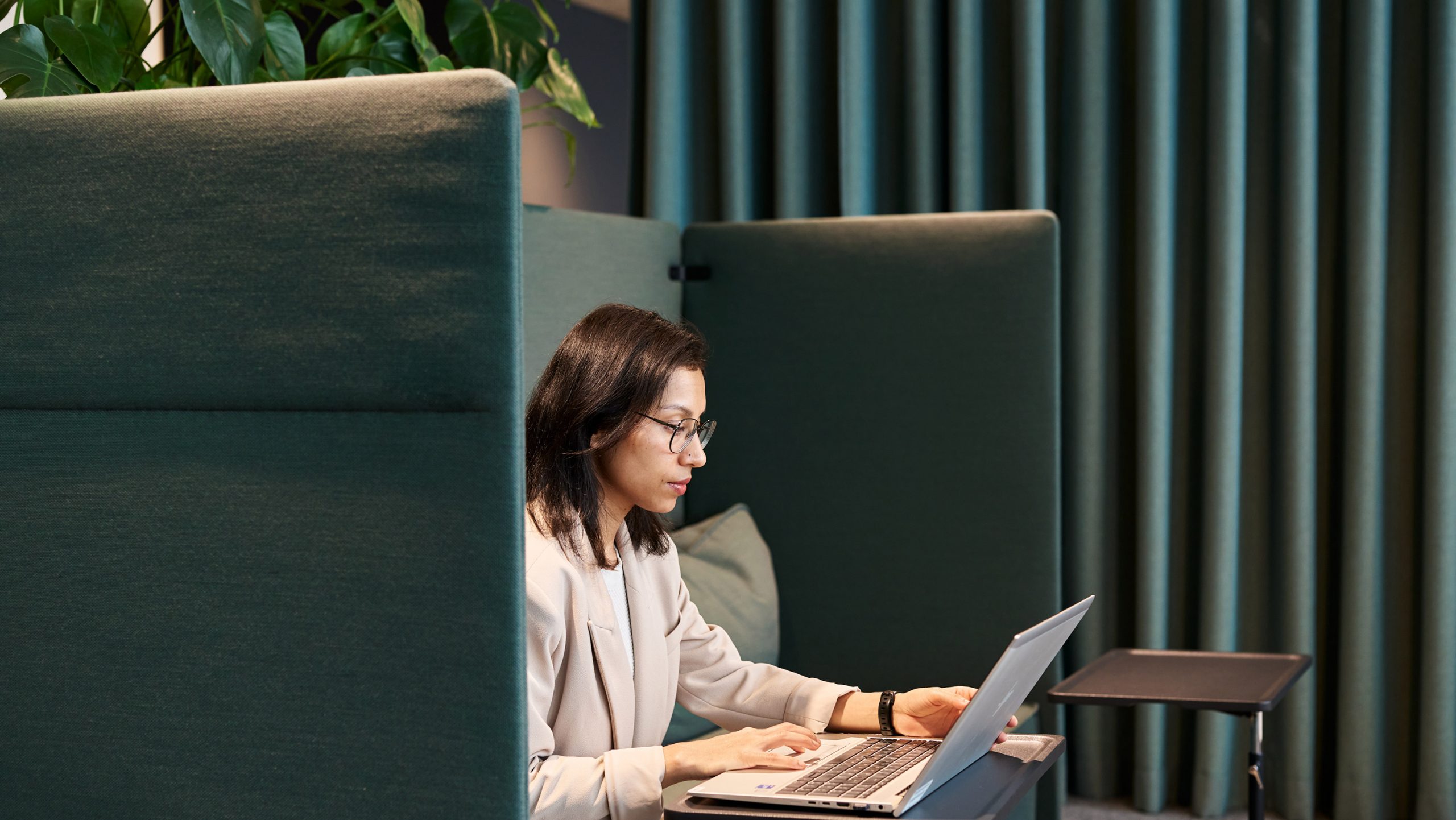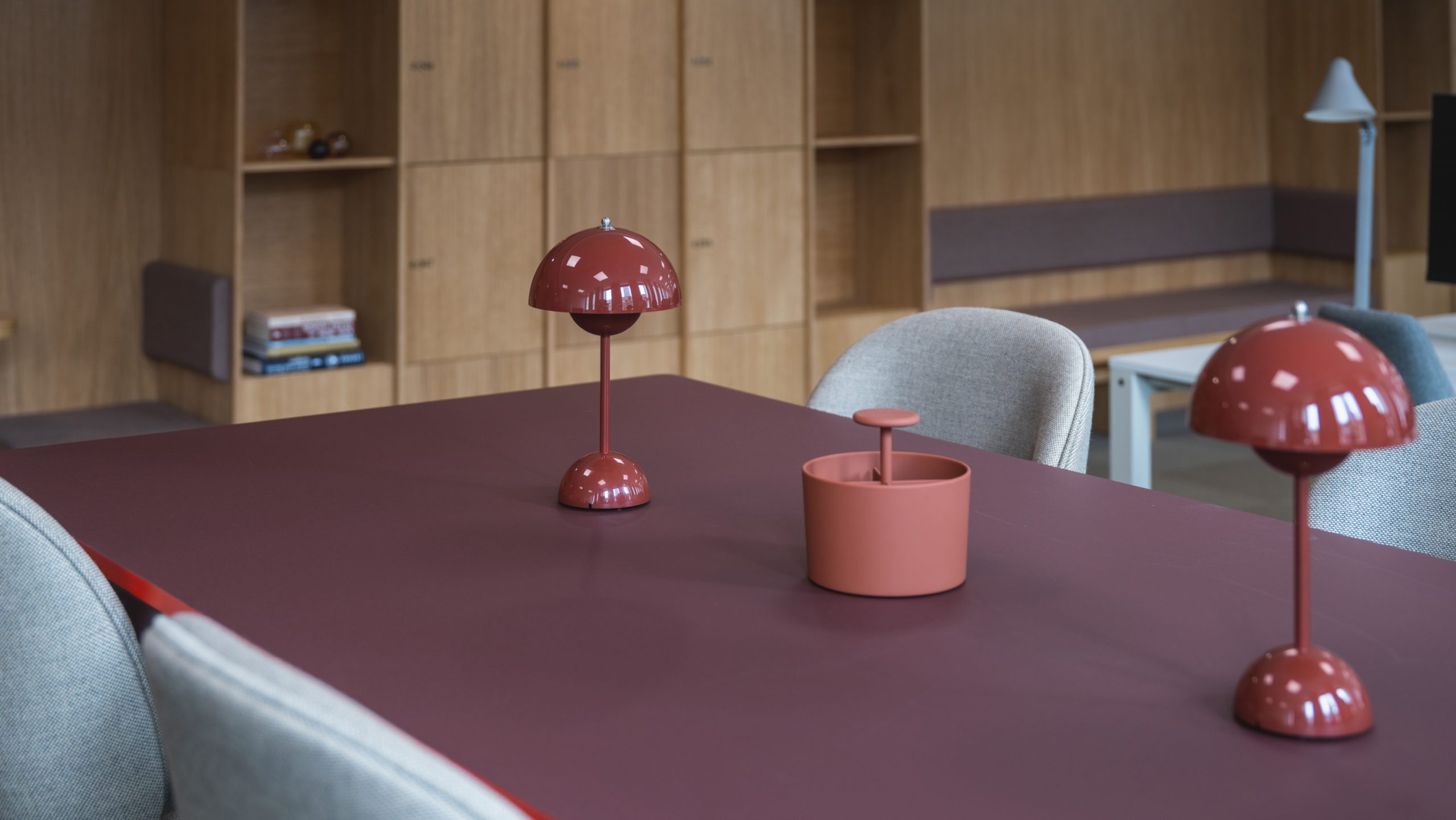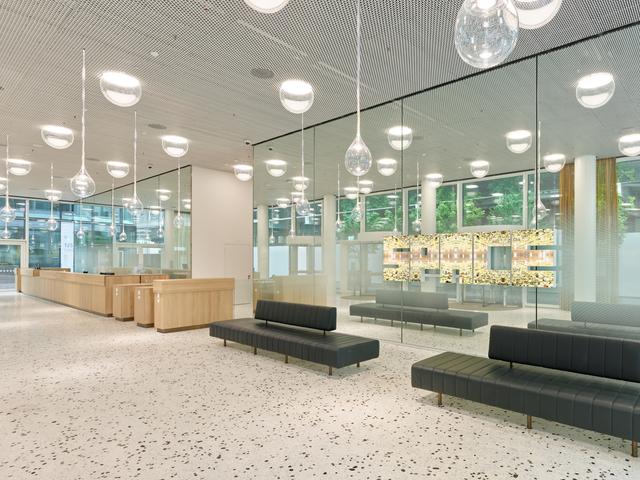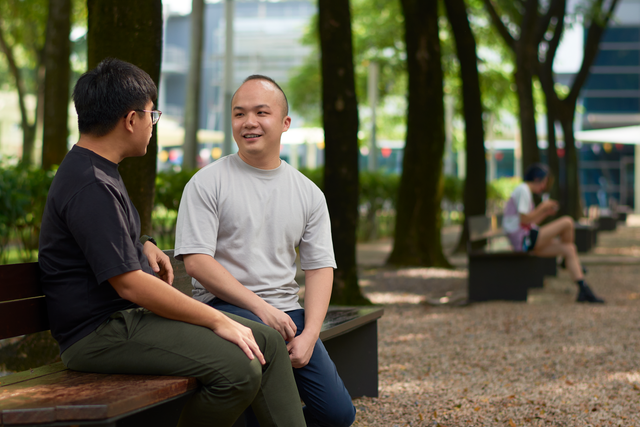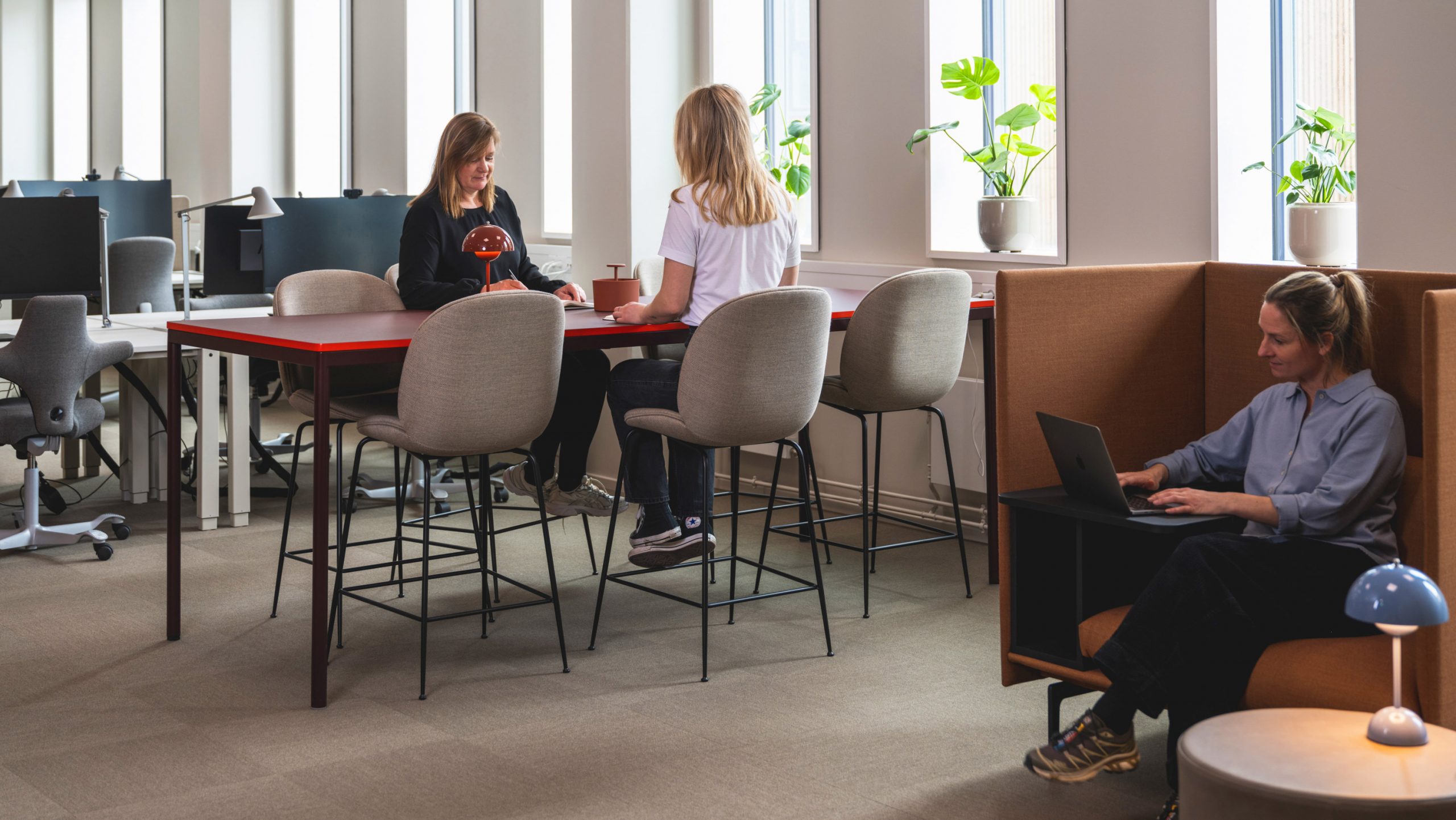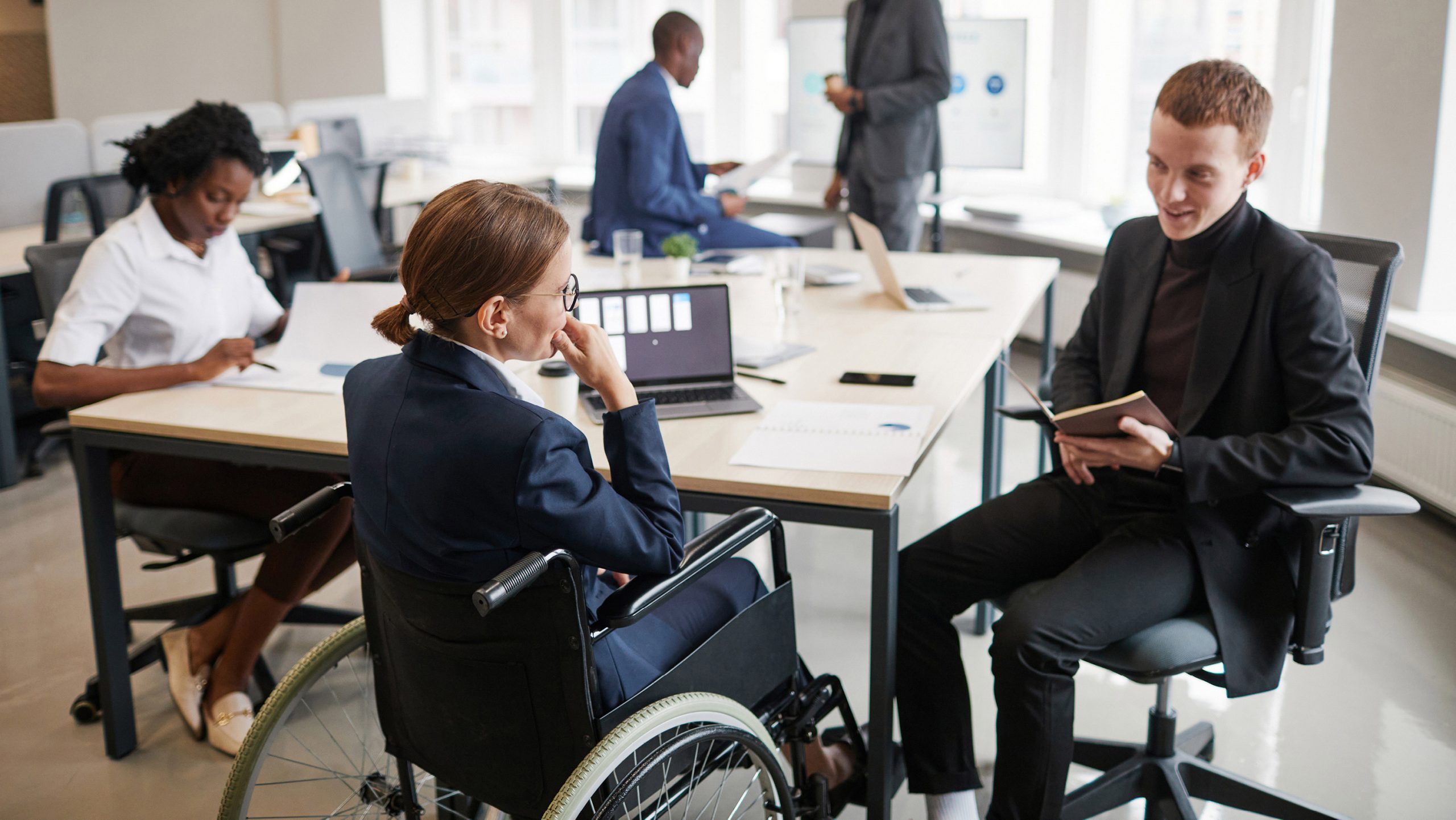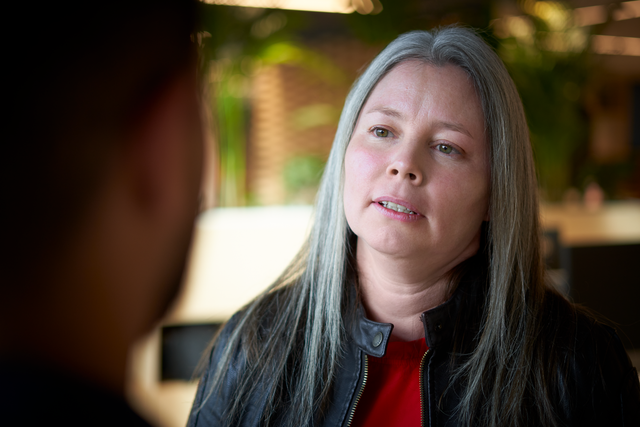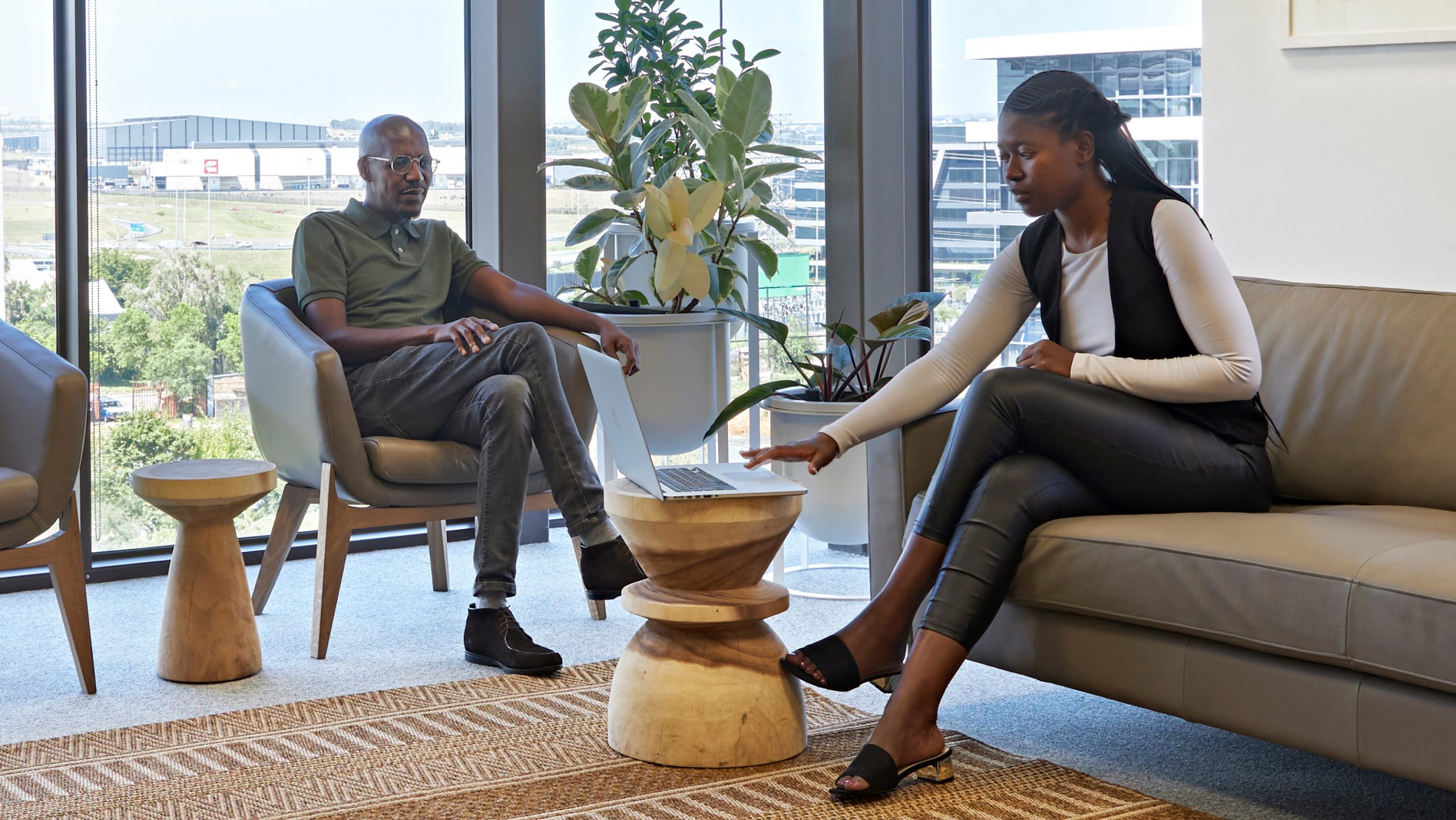
Inclusive by design
Embracing everyone’s unique qualities to foster a sense of community
Architecture should be inclusive, accessible, and welcoming to all. It should enhance the lives of everyone who interacts with it.Renzo Piano - Architect

Design with people in mind
An inclusive workplace values individual differences and makes everyone feel welcome and accepted. Taking into account neurodiversity, cultural, generational and gender specificity, as well as physical abilities, fosters a diverse, equitable and respectful environment and, consequently, a more innovative, sensitive, and productive organisation.
Enabling a choice of workstyles by creating a variety of space typologies, from social gathering areas to resting zones, builds a welcoming environment that everyone feels a part of. Offering a choice of character and atmosphere to address different emotional and cognitive needs helps reduce stress and ensures comfort.
Our spaces strive to be harmonious, intuitive, dynamic, equitable, and accommodating, aligning with Our spaces 5 design fundamentals.
Harmonious
The design focuses on visual balance and comfort, incorporating elements that reduce sensory overload and stress. It creates a calm atmosphere, where the majority of people feel at ease. Consider:
Intuitive
The environment is easy to navigate and understand, preventing confusion and disorientation, regardless of the user’s experience, mobility, knowledge, language abilities, or current level of concentration.
Dynamic
The design is adaptable and responsive to the individual needs of users, allowing them to optimise their environment.
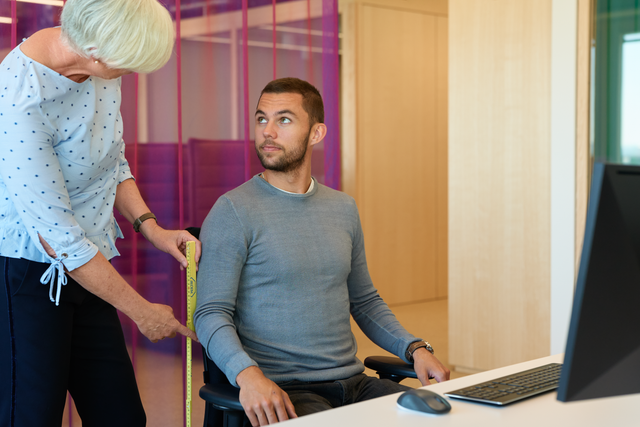
Flexibility
Design ergonomic, reconfigurable and modular environments that prioritise user choice and flexibility, aligned with Designed for Flexibility, while considering factors like optimal noise levels and lighting for all potential arrangements.
Enable users to choose, or customise and reconfigure these spaces according to their specific functional and sensory needs, accounting for neurodiversity, generational differences, and physical abilities.

User choice
Ensure the work environment offers the users a sense of control of the sensory stimuli, such as lighting, noise levels, thermal comfort, as well as levels of privacy, and choices of positioning and orientation, to account for individual needs and preferences.
This should help in meeting the needs of all individuals by offering a choice of working environment, promoting a feeling of safety and comfort. The topic is further addressed in Designed for People.
Equitable
The design is both practical and appealing to individuals with a wide range of preferences and abilities. It provides free circulation and access to all by creating spaces that comply with the Accessibility and Gender Inclusive Checklist.
Accommodating
The design is inclusive and respectful of the local identity and promotes a sense of community and belonging among diverse individuals, generations, and cultures.
Key to Inclusive by design
- Ensure everyone with diverse sensory experiences feels comfortable by creating a neutral and harmonious environment.
- Provide psychological security and clarity through intuitive, logical layouts and well-proportioned circulation patterns.
- Address all needs by designing ergonomic, flexible and reconfigurable spaces.
- Provide free circulation and access by creating equitable spaces that comply with the Accessibility and Gender Inclusive Checklist.
- Foster sense of belonging by encouraging social exchange, incorporating local contextual elements, and engaging the users in design decisions.



